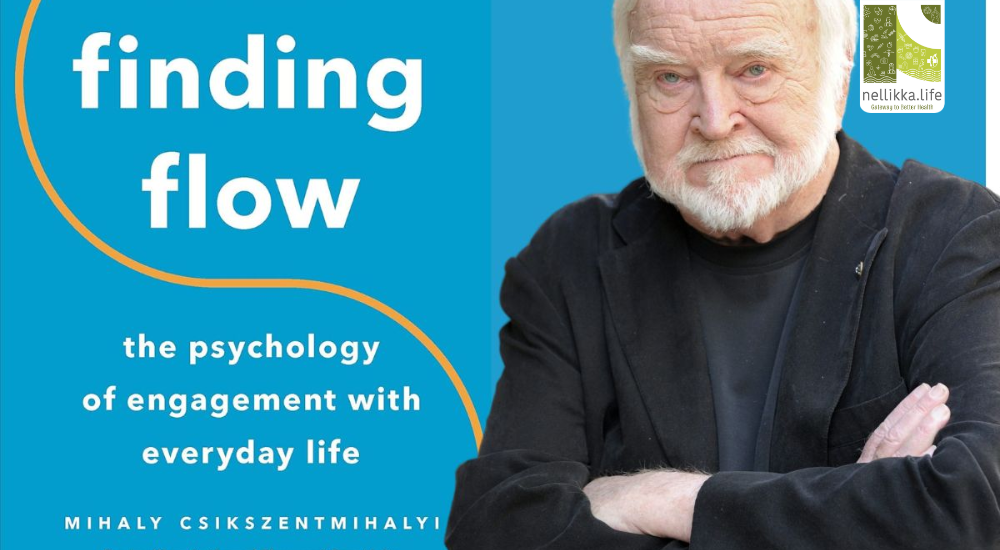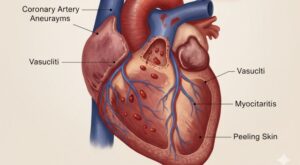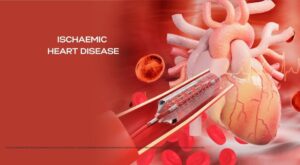FLOW: The Psychology of Optimal Experience – Understanding the Science of Deep Engagement

In a world filled with distractions, constant notifications, and fragmented attention, finding a state of complete absorption in an activity can feel almost impossible. Yet, over three decades ago, psychologist Mihaly Csikszentmihalyi introduced the concept of Flow—a mental state where we are fully immersed, energized, and focused on what we are doing. His book, Flow: The Psychology of Optimal Experience, published in 1990, has since become a cornerstone in positive psychology and performance studies.
This blog explores the core ideas of the book, the science behind flow, and its profound impact on our mental health, creativity, and productivity.
What Is Flow? [1]
Flow is often described as being “in the zone.” It’s the point where:
- Your skill level matches the challenge at hand
- Time seems to disappear
- The activity feels intrinsically rewarding
Csikszentmihalyi defines it as a state of “complete involvement in an activity for its own sake,” where the experience itself becomes the reward.
The Psychological Characteristics of Flow
Through decades of research involving artists, athletes, musicians, surgeons, and everyday people, Csikszentmihalyi identified several universal features of flow:
- Intense Focus
Attention is fully directed toward the task, leaving no room for irrelevant thoughts. - Merging of Action and Awareness
There’s no separation between the doer and the doing—you become one with the activity. - Loss of Self-Consciousness
Worries about how you look or how you’re being judged vanish. - Distorted Sense of Time
Hours can pass in what feels like minutes, or minutes can stretch into a deep moment. - Clear Goals and Immediate Feedback
You know what needs to be done and get continuous feedback—whether from the task itself or from others. - Balance Between Challenge and Skill
The activity is neither too easy (leading to boredom) nor too hard (leading to anxiety). - Intrinsic Motivation
You do the activity not for rewards, but because the process itself is deeply satisfying.
The Flow Channel – Balancing Challenge and Skill
One of the most insightful models from the book is the Flow Channel, which shows that optimal experience happens when both skill and challenge are high.
- Too much challenge + low skill = Anxiety
- Too much skill + low challenge = Boredom
- Balanced high challenge & skill = Flow
This explains why pushing ourselves to slightly higher challenges can lead to more fulfilling experiences.
Why Flow Matters – The Psychological Benefits
Flow is not just a pleasant state—it’s deeply beneficial for mental health, learning, and life satisfaction.
1. Increased Happiness and Life Satisfaction
Research in positive psychology has shown that people who regularly experience flow report higher overall happiness. This is because flow involves intrinsic rewards, making life feel more meaningful.
2. Enhanced Learning and Skill Development
Flow states activate deep concentration and sustained effort, which accelerate learning—whether you’re playing a musical instrument, coding, or engaging in sports.
3. Reduced Stress and Anxiety
When fully engaged in an activity, the mind has no bandwidth left for negative rumination, giving us a mental break from stress.
4. Greater Creativity
Artists and innovators often reach their most creative breakthroughs during flow states, where ideas emerge organically without forced effort.
Flow in Daily Life – Practical Applications
Flow isn’t limited to elite athletes or creative professionals—it can happen in everyday moments if we design our activities with intention.
- Workplace Productivity: Set clear goals, minimize distractions, and work in blocks of focused time.
- Education: Teachers can balance challenge and skill for students to foster deep learning.
- Sports & Fitness: Athletes often train with progressive challenges to stay within the flow channel.
- Hobbies & Arts: Painting, writing, gardening, and playing music can all trigger flow.
The Science Behind Flow – A Neuropsychological View
Modern neuroscience has linked flow to changes in brain function:
- Transient Hypofrontality: Parts of the prefrontal cortex (responsible for self-criticism and time awareness) temporarily shut down, allowing for effortless action.
- Increased Dopamine Release: Dopamine levels rise during flow, enhancing motivation and focus.
- Heightened Alpha and Theta Brainwaves: These brain states are linked to creativity, relaxation, and deep focus.
How to Cultivate Flow
According to Csikszentmihalyi, creating conditions for flow involves:
- Choosing activities that are inherently rewarding
- Setting clear, achievable goals
- Eliminating distractions
- Finding the sweet spot between challenge and skill
- Engaging in regular practice to increase skill levels
- Using feedback to adjust your performance in real time
Criticism and Limitations
While flow is widely celebrated, critics point out:
- It may not be sustainable for long periods (mental fatigue can follow).
- Not all activities that induce flow are healthy (e.g., excessive gaming).
- Flow doesn’t address deeper systemic issues affecting happiness, such as economic or social inequalities.
Flow is more than just a psychological curiosity—it’s a blueprint for a richer, more engaged life. In a world of constant digital noise, learning to enter flow could be one of the most valuable skills of our time.
As Csikszentmihalyi wrote:
“Control of consciousness determines the quality of life.”
When we consciously seek activities that challenge and fulfill us, we create moments where life feels not only bearable but beautiful.




